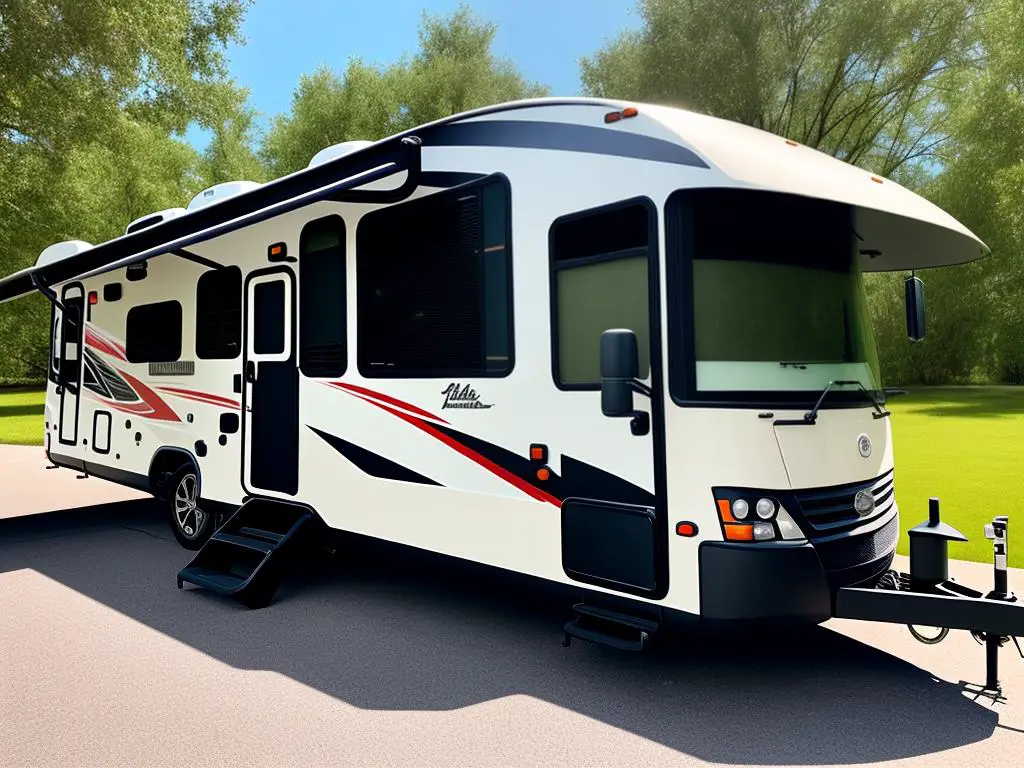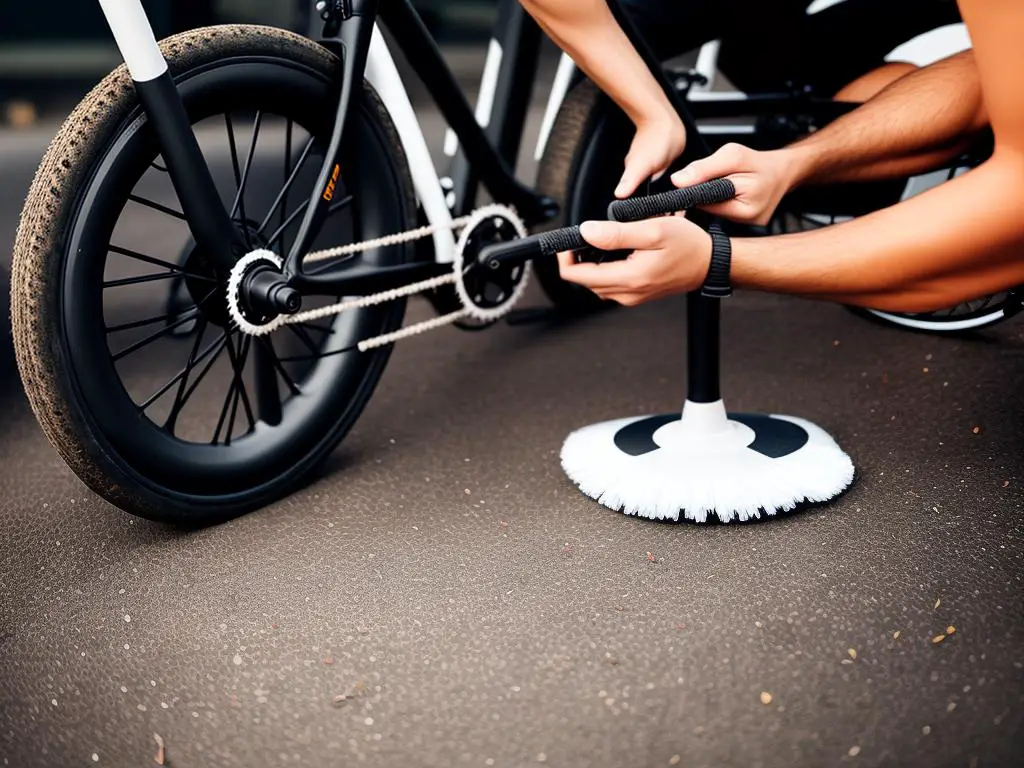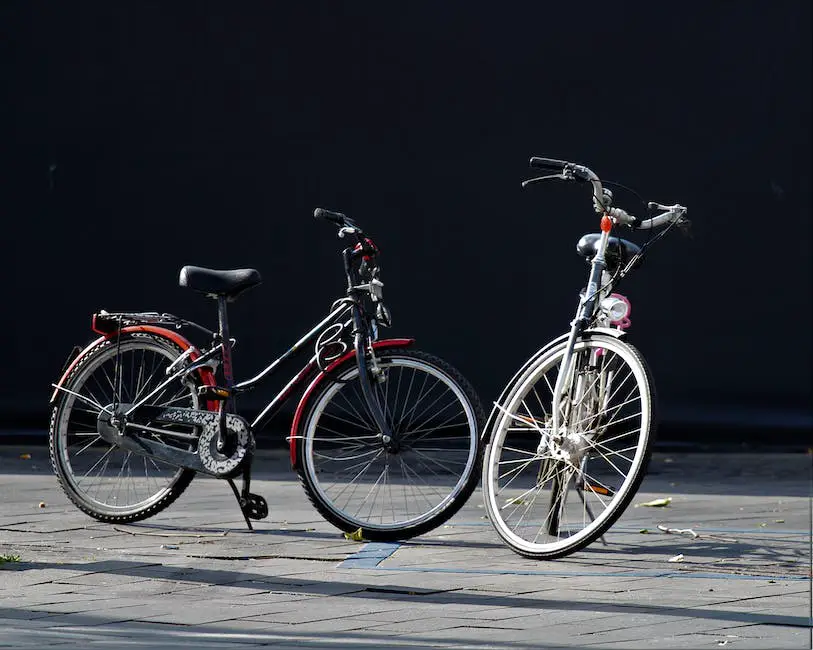Biking on RV Holidays: A Comprehensive Guide
Embracing the open road onboard your RV or motorhome can offer a delightful abundance of freedom and adventure. Enriching such experience through integrating the cycling activity into your holidays might just be the cherry on top. Imagine exploring picturesque landscapes, meandering byways, and charming nooks unbeknownst to the ordinary traveller, all from the saddle of your beloved bike. To make this a reality, this guide will provide invaluable insights into all the essential aspects you need to consider, from selecting and mastering usage of a bike rack for RVs or motorhomes, ensuring bike safety and maintenance during your journey, to devising bike-friendly travel plans and accommodations. So let’s hop on, and pedal our way to an unforgettable adventure.
Selecting and Using a Bike Rack for RVs
Choosing the Perfect Bike Rack for Your RV or Motorhome
After a long day’s journey in an RV or motorhome, there’s no better way to unwind than by taking a bike ride around the local area. To do this, you need a suitable bike rack for your vehicle. There are several varieties to consider, including ladder, hitch, and bumper racks.
Ladder Racks
Ideal for campervans with an external ladder, these racks offer a secure and convenient option. The bike simply hangs off the ladder, taking up minimal space. One drawback is they often have lower weight limits, so they might not be suitable for heavier bikes.
Hitch Racks
This type is affixed to the hitch at the back of the RV. They’re ideal if you have a larger vehicle or multiple bikes to transport, as they often come with a higher weight limit. However, they can make it difficult to access the rear of the vehicle when bikes are loaded.
Bumper Racks
Bumper racks attach to the bumper and extend horizontally. They’re a sturdy option, but they may not be suitable for all vehicles as they may need specific bumper requirements.
Installation
Installing your chosen bike rack will depend on the type. Ladder racks often clip on to your pre-existing ladder rails. Hitch racks slot into your vehicle’s hitch and are typically secured with a pin. For bumper racks, you may need to drill holes in your bumper to attach the rack securely.
Loading and Unloading Bikes
When loading, start by placing the heaviest bike on first. Ensure the bike wheels are securely strapped, and additional straps are attached to the frame to prevent movement on the road.
In reverse, when unloading, remove the lightest bike first to prevent the rack from becoming unbalanced.
Maintenance
Maintaining your bike rack is crucial for its longevity. Regularly check all bolts and straps for signs of wear or damage and replace as needed. Clean the rack from road grime or dirt, especially if you’ve been in wet or muddy conditions. Chrome or metal racks may need an occasional wipe with oil to avoid rust.
In conclusion
Selecting the right bike rack for your RV or motorhome comes down to your specific needs and vehicle type. With careful selection, correct installation, and diligent maintenance, your chosen rack will provide a sturdy and reliable transport method for your bikes on your travels. And remember, always check your bikes are securely fastened before setting off to ensure a safe journey. Happy cycling!

Ensuring Bike Safety and Maintenance During Travel
Cycling on Wheels: Ensuring Bike Safety and Maintenance During Travel
Embarking on RV or motorhome holidays often brings with it a sense of adventure and freedom. One efficient way to extend the thrill of exploration is by taking along your bicycles. Discovering remote trails or riding along local roads can offer a unique perspective of the scenery. However, to ensure the longevity of these joyous endeavours, there are a handful of crucial steps that should be taken to guarantee the safety and maintenance of your bikes. The suggestions are listed below.
Lock and Key: Bolstering Bike Security
The first concern with bicycles during travel lies in ensuring their safety. Using a solid lock system is paramount to protecting your bikes from potential theft. It is recommended to opt for a robust D-lock or U-lock, and ideally, each bike should have its own lock. A steel cable can often be used in addition to a D-lock for additional security. Always lock your bicycles to a heavy, fixed object, even when they’re being stored on the motorhome or RV.
Pressure Points: Checking Tyre and Brake Conditions
Before departing on any cycle, it’s crucial to study the condition of the tyres and brakes to forestall any accidents. Examining tyre pressure can be done through a simple ‘squeeze test’, though a gauge would yield the most accurate results. Optimum tyre pressure often enhances the ride quality and reduces the chances of a puncture.
Brakes should be tested by squeezing the brake levers and ensuring the bike comes to a halt swiftly. If the brakes are unresponsive or soft, they might require tightening or replacement.
Pristine Frames: Regular Cleaning
Similar to us, our bikes appreciate regular cleaning to keep them in good condition. Remove any mud or dirt with a bucket of soapy water and a brush or sponge. Pay extra attention to the chain, gears, and both ends of the brake cables. After a thorough wash, don’t forget to dry your bike properly to avoid rusting. This process cannot be overemphasised as grime and detritus can quickly degrade parts of the bike, reducing its overall lifespan.
Regular Checks: Routine Inspections
Endeavour to conduct routine checks on your bikes to ensure they’re in good working order. This includes examining the pedals, handlebars, seats, and gears. If you sense any loose parts, tighten them, and replace any parts that appear worn out.
Compatibility Check: Pairing Bikes With Carrier Racks
When choosing a bike carrier rack for your motorhome or RV, make sure it’s compatible with your bikes. Some racks are designed to accommodate only certain types of bikes. If instructions are provided with the rack, be sure to follow them to the letter, as incorrect assembly can lead to serious damage.
In a nutshell, the aforementioned strategies ensure that your cycling equipment remains safe, functional, and ready for the road. These measures not only augment the lifespan of your bikes but also guarantee that your cycle-centred experiences during your RV or motorhome holidays remain delightful and hassle-free.

Planning Bike-friendly Routes and Accommodations
Embarking on a Bicycle-friendly Caravanning Holiday
The freedom that RV and motorhome holidays afford is second to none. The open road calls to us all at some point or another, promising a plethora of destinations ripe for exploration. Yet, the desire for adventure doesn’t stop once the engine is off. On the contrary, one might argue it truly begins. Cycling offers an incredible addition to an RV holiday, allowing you to venture further and experience your surroundings on a much more personal level. It’s time to fasten our helmets and tighten our laces as we delve into planning bike-friendly routes and accommodations.
Researching Routes and Bike-lane Availability
Foremost, a well-planned route is a key to a successful cycling affair. With the marvel of technology today, most GPS systems or navigation apps allow you to plot bike-friendly paths. Several applications, such as TrailLink or Komoot, can be quite helpful in this regard. Look for routes with cycling lanes. Not only do these provide safety, but they also typically offer scenic paths designed for optimal enjoyment.
Scouting Bike-friendly Accommodations
Accommodation is just as vital as the route. Research campsites, RV parks, or hotels with appropriate facilities for securing your bike. Secure storage, repair shops, and even laundry facilities can be an added advantage, maintaining the cycling gear in prime condition. Such accommodations also tend to be frequented by fellow cyclists who can provide valuable advice and company on your holiday.
Understanding Regional Cycling Laws
Laws and regulations for cyclists vary by location. It’s important to familiarise yourself with the rules in each new region you visit. General rules may include helmet requirements, lighting rules for cycling after dusk, and regulations about cycling on pavements. Some regions might require bikes to be equipped with bells or have specific requirements for child seats or trailers.
Selecting the Right Bike
Depending on the terrain of your chosen locations, the right bike can make all the difference. For smoother terrains or city roads, opt for a road bike. For slightly off the beaten path and gravel roads, consider a hybrid bike. Mountain bikes, with their robust construction and exceptional suspension, are ideal for challenging terrains.
Planning Backup Solutions
Despite meticulous planning, unforeseen circumstances may arise. Inclement weather or unexpected bike damage can derail your plans. Having a backup plan such as alternate transport solutions or additional indoor activities can save the day.
Ultimately, a cycling holiday combined with an RV trip can add to the overall experience of exploration and adventure. It’s an opportunity to exercise, disconnect, and connect all at the same time – all while providing a different perspective on the world around us. It’s all a matter of effective planning, understanding our needs, and embracing the freedom the open road and cycling paths invite.

As our journey comes to an end, it’s clear that integrating biking into your motorhome or RV holidays can enrich your experiences, offering a unique blend of adventure, exploration, and fitness. With the right bike rack fitted on your motorhome, operated with a clear understanding of loading, unloading, and upkeep practices, you assure the safety and longevity of your bikes. An emphasis on routine bike check-ups, especially of the critical components like tyre pressure and brakes, adds to the reassurance of smooth biking sessions. Planning wise, prioritising destinations with cycling-friendly amenities and adhering to regional cycling rules shall ensure an enjoyable and hassle-free holiday. With these nuggets of wisdom tucked under your belt, you’re all set to map out a cycling-infused motorhome holiday that’s not only comfortable and safe but also abundantly thrilling. So gear up, buckle on your helmet, and let the wheels of adventure roll!
